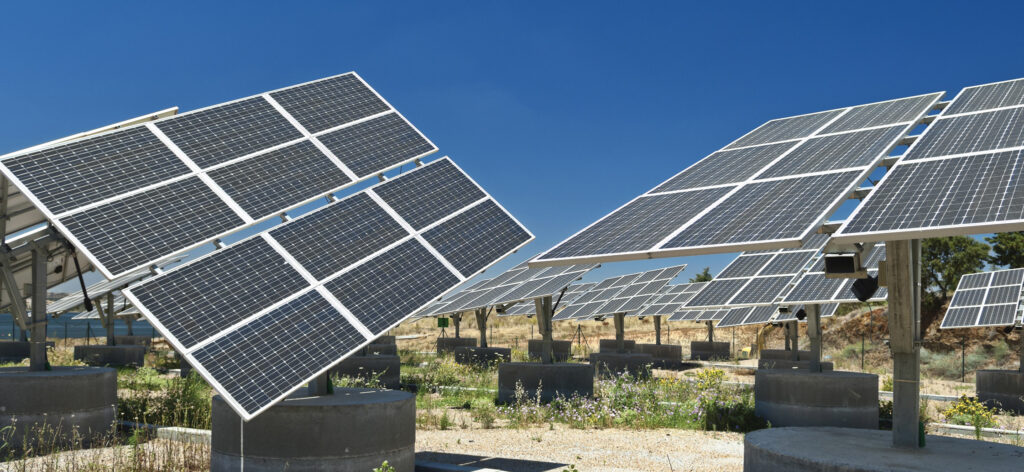Madhya Pradesh and Uttar Pradesh Join Hands to Develop 8GW Solar Power Plants
In a significant push towards renewable energy, the states of Madhya Pradesh and Uttar Pradesh have partnered to develop solar power plants with a combined capacity of 8 gigawatts (GW). This collaboration showcases both states’ commitment to reducing carbon emissions and fostering sustainable energy production in India, marking a key milestone in the country’s journey toward green energy.
A Leap Toward Renewable Energy
The partnership between these two northern states is set to play a crucial role in India’s renewable energy landscape. With the development of these 8 GW solar power plants, both states aim to contribute significantly to the national renewable energy capacity, aligning with India’s ambitious goals for clean energy. Solar energy generation is expected to reduce the pressure on conventional power resources and decrease greenhouse gas emissions, helping to shrink the carbon footprint of the two states.
Investment and Infrastructure
Madhya Pradesh and Uttar Pradesh, with their abundant land resources and favorable climate for solar energy production, provide an ideal setting for large-scale solar projects. Both states are set to offer land and infrastructure for the development of these solar plants, paving the way for substantial investments. These investments will not only drive the construction of the solar facilities but also lead to job creation, fostering economic growth in the region.
To ensure the project is financially viable and scalable, the governments of both states plan to engage private entities in a public-private partnership (PPP) model. This approach will facilitate faster project execution while guaranteeing the financial resources needed for success.
Economic and Environmental Impact
Beyond environmental benefits, the solar power plants are expected to create numerous economic opportunities. From construction to long-term operations and maintenance, these projects will generate jobs and provide a boost to local economies. The clean energy produced will supply both states with much-needed power, enhancing energy security while decreasing reliance on fossil fuels and non-renewable energy sources.
Conclusion
The joint initiative by Madhya Pradesh and Uttar Pradesh to develop 8 GW of solar energy represents a forward-thinking approach toward achieving India’s renewable energy objectives. This project demonstrates their proactive stance on clean energy and sets a positive example for other states aiming to transition to sustainable power sources. As India moves closer to its solar energy targets, this partnership could become a key contributor to the nation’s broader environmental and economic aspirations.

